<Back to Index>
- Minister of Foreign Affairs Johan Willem "Wim" Beyen, 1897
- President of the European Commission Sicco Leendert Mansholt, 1908
PAGE SPONSOR
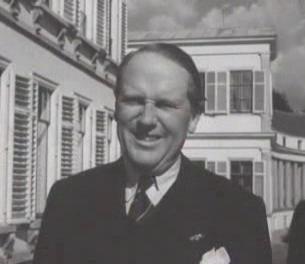
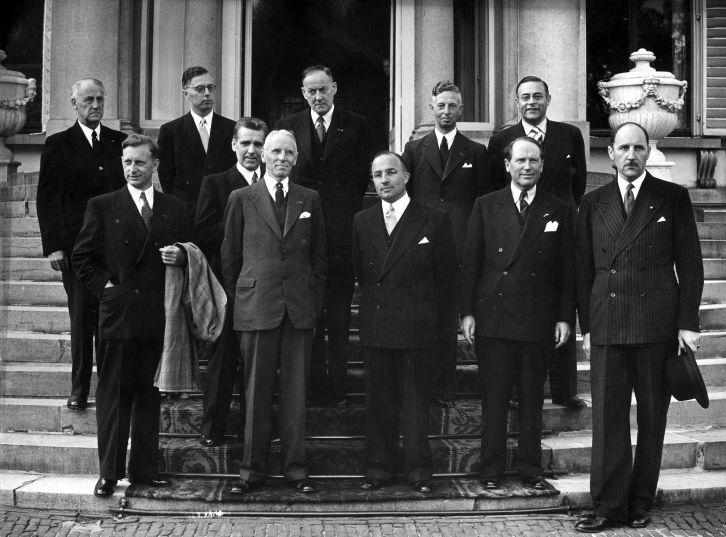
Johan Willem (Wim) Beyen (Utrecht, 2 May 1897 – 's-Gravenhage, 29 April 1976) was a Dutch banker, civil servant, politician, and diplomat. He played an important role in the creation of the European Economic Community.
The official surname of Johan Willem (Wim) Beyen was Beijen, but he preferred to write his name as Beyen because he thought that this name was more appropriate for his international connections.
His father, Karel Hendrik Beijen, was a lawyer. He was the company secretary of the Maatschappij tot Exploitatie van Staatsspoorwegen, one of the Dutch railroad companies. His mother, Louisa Maria Coenen, stemmed from a family of musicians. He had two brothers. One of them was the archeologist Hendrik Gerard Beyen.
In 1922 Wim Beyen married Petronella J.G. (Nelly) Hijmans van Anrooij. They had two sons and a daughter. At the end of the 1930s Beyen had a relationship with the Austrian Margaretha Antonia (Gretel) Lubinka. After World War II his first marriage was dissolved and he married Gretel. This marriage was a very happy one.
Wim Beyen passed away in 1976.
Wim Beyen grew up in Utrecht and the neighboring town of Bilthoven. He studied law at Utrecht University. In 1918 he was awarded a doctorate in law.
After his study Beyen was engaged as a temporary assistant clerk at the Dutch Ministry of Finance. At that time he was only 21 years old. Within a few years he rose to the rank of Deputy Treasurer General.
After 1924 Beyen had several positions in the business sector: secretary of the board of Philips, head of the Dutch branch of the central bank of the Dutch East Indies, director of one of the predecessors of the AMRO Bank, vice president and from 1937 president of the Bank for International Settlements in Basel, and director of Unilever.
During World War II he was, in addition to his position at Unilever, financial advisor to the Dutch government in exile in London. In 1944 he played an important role during the Bretton Woods conference where the foundations were laid for the World Bank and the International Monetary Fund. From 1946 he was the Dutch representative in the board of the World Bank and from 1948 also in that of the IMF.
In 1952 Wim Beyen, who did not belong to a political party, was appointed Minister of Foreign Affairs in the Second Drees cabinet. He was asked in order to ensure a better balance of powers within the cabinet. It was an odd situation that Joseph Luns, who was a member of the Catholic People's Party, was Minister without portfolio in the same Ministry. One of the jokes about this construction was "The Netherlands is so small, and therefore their foreign countries altogether are so large, that one Minister of Foreign Affairs is not enough."
The relationship between both ministers was not too good, because they had a completely different style of operating and disagreed about several issues. Beyen, for instance, had serious objections to Luns' attitude in the disputes with Indonesia about Netherlands New Guinea.
After the 1956 elections Beyen's political career came to an end. There was no longer a need for a nonpartisan minister in the cabinet.
Wim Beyen played a very important role in the creation of the European Economic Community.
In August 1954 the plans had collapsed to create a European Political Community and a common defense force, the European Defence Community, as a substitute for the national armies of France, Germany, Italy and the three Benelux countries, when France refused to ratify the Treaty.
Beyen realized that European integration in the political field would be impossible in the near future. He was convinced that had to be begun with economic cooperation, and developed a plan that called for a European common market, combined with the idea of a political community. He was in favor of horizontal integration instead of continuing with a sector by sector integration along the lines of the European Coal and Steel Community (ECSC).
On 4 April 1955 he sent a memorandum to his BeNeLux colleagues Paul - Henri Spaak (Belgium) and Joseph Bech (Luxembourg) in which he proposed his idea of a customs union. In a meeting of the three Foreign Ministers of the BeNeLux in The Hague on 23 April 1955 they drafted a joint memorandum to present to their colleagues of the ECSC. They finalized the memorandum (the BeNeLux memorandum) on 18 May 1955 and presented it to the governments of France, Germany and Italy on 20 May 1955. They proposed to discuss in a conference of the six participating countries of the ECSC the way towards a general integration of the European economy.
This conference, the Messina Conference,
was held from 1 to 3 June 1955. Beyen headed the Dutch delegation. The
final resolution of the conference largely reflected Beyen's point of
view. It formed the basis for further work to relaunch European integration and would lead to the Treaties of Rome in 1957 and the formation of the European Economic Community and Euratom in 1958.
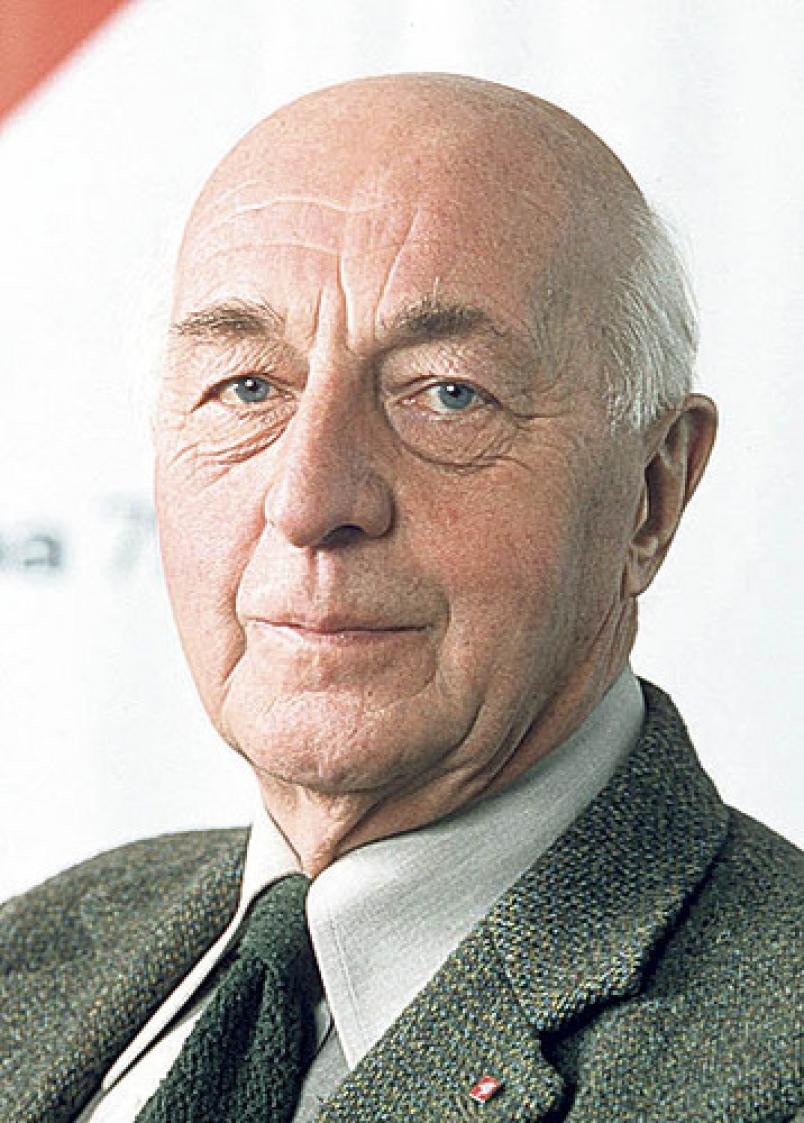
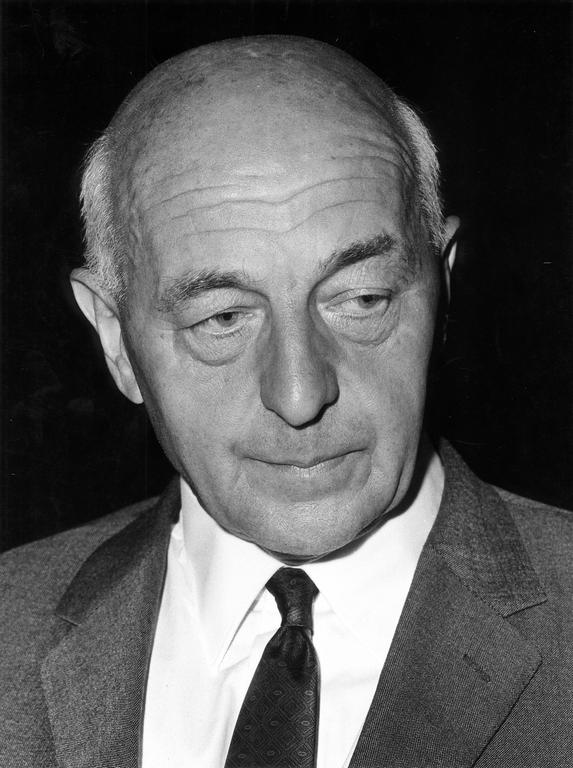
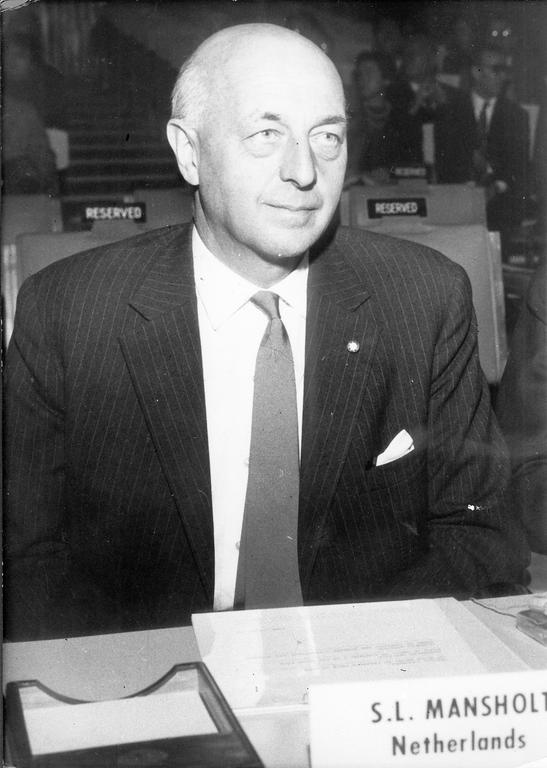
Sicco Leendert Mansholt (13 September 1908, Ulrum, Groningen – 30 June 1995, Wapserveen, Drenthe) was the fourth President of the European Commission in 1972 – 1973. He was the European Commissioner for Agriculture from 1958 until 1972.
Mansholt came from a socialist farmer's family in the Dutch province of Groningen. Both his father and grandfather were supporters of early socialist leaders such as Multatuli, Domela Nieuwenhuis and Troelstra. His father, Lambertus H. Mansholt, was a delegate for the socialist SDAP party in the Groningen provincial chamber. His mother, Wabien Andreae, daughter of a judge in Heerenveen, was one of the first women to have studied Political Science. She organized political meetings for other women, usually in their own homes. Mansholt attended the HBS school in Groningen and after that went to Deventer, to the School of Tropical Agriculture, where he studied to become a tobacco farmer.
He moved to Java in the Dutch East Indies, nowadays Indonesia,
and started work on a tea plantation. He returned to the Netherlands in
1936, unhappy with the colonial system. He wanted to become a farmer
and moved to the Wieringermeer, a polder, reclaimed in 1937. There he started his own farm.
There he became a member of the SDAP, as a secretary of the local party. He had several public functions for the SDAP in Wieringermeer, including that of acting mayor of the Wieringermeer community. In the years of the Second World War he was an active member of the Resistance. He helped people who were in acute danger to hide in the Wieringermeerpolder; he organized clandestine food distributions for the western provinces. Immediately after the war, in June 1945, socialist PvdA Prime Minister Schermerhorn asked him to take a seat in his cabinet as minister of Agriculture, Fishery and Food Distribution. He was the youngest member of a cabinet, aged only 36.
He was a member of 6 cabinets in total: Schermerhorn - Drees in 1945; Beel in 1946; Drees - Van Schaik in 1948, and another three Drees administrations: 1951, 1952 and 1956. As Minister of Agriculture during this time, he was one of the key architects of the EC's Common Agricultural Policy. In 1958 he became one of the Commissioners of the new European Commission. He was Commissioner for Agriculture, modernizing European Agriculture and vice president of the institution. He became President of the European Commission on 22 March 1972 (Mansholt Commission) and continued in that position until 5 January 1973. It was around that time he was heavily under the influence of Club of Rome.
In 1954 the parliamentary debate about the budget for the Department of Agriculture was postponed: the Minister was ice skating the 200 kilometer long Elfstedentocht in the Dutch province of Friesland. He skated this famous ice skating race twice in his life.
He married Henny J. Postel in 1938, and they had two sons and two daughters. Sicco lived his last years in on an old historic farm in the quiet village of Wapserveen in the province of Drenthe (north - east Netherlands). He died there on 30 June 1995. Their daughter Lideke died in 1995, aged 53.